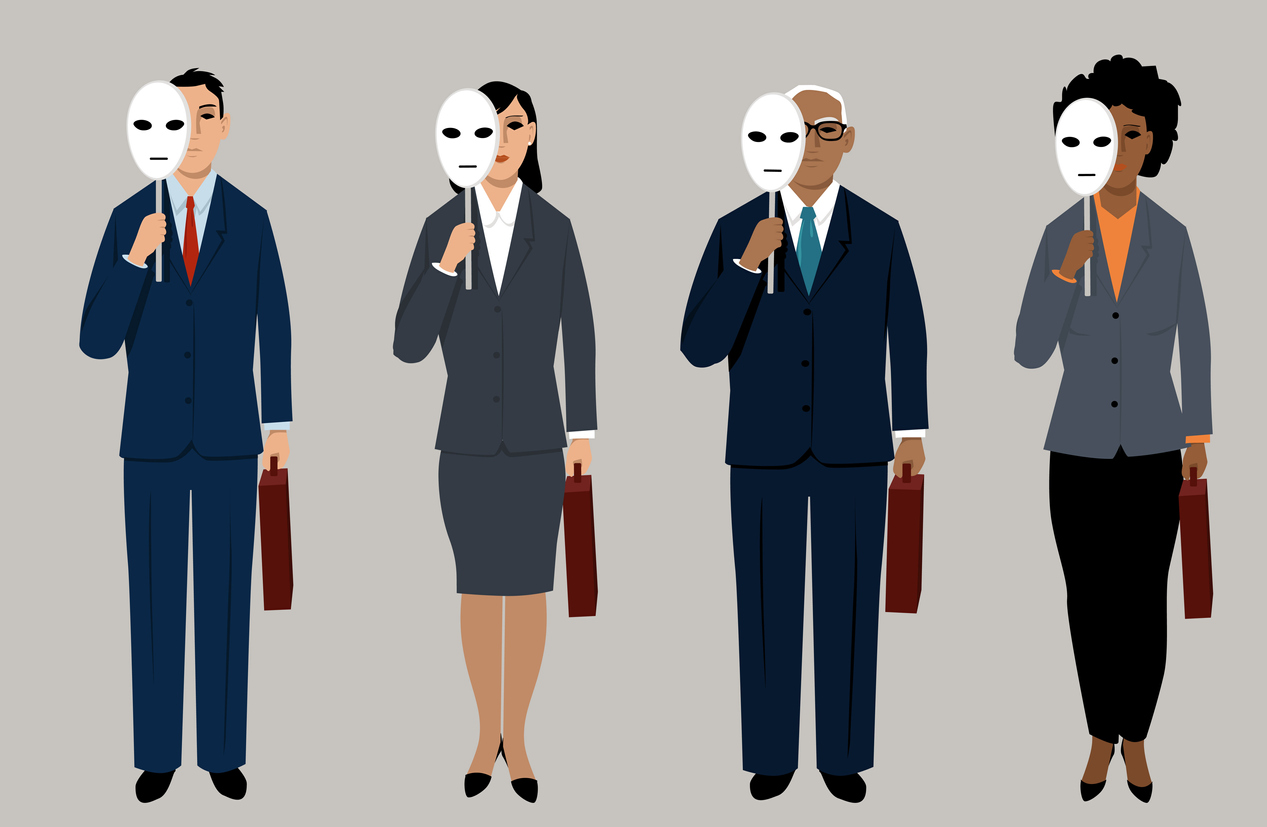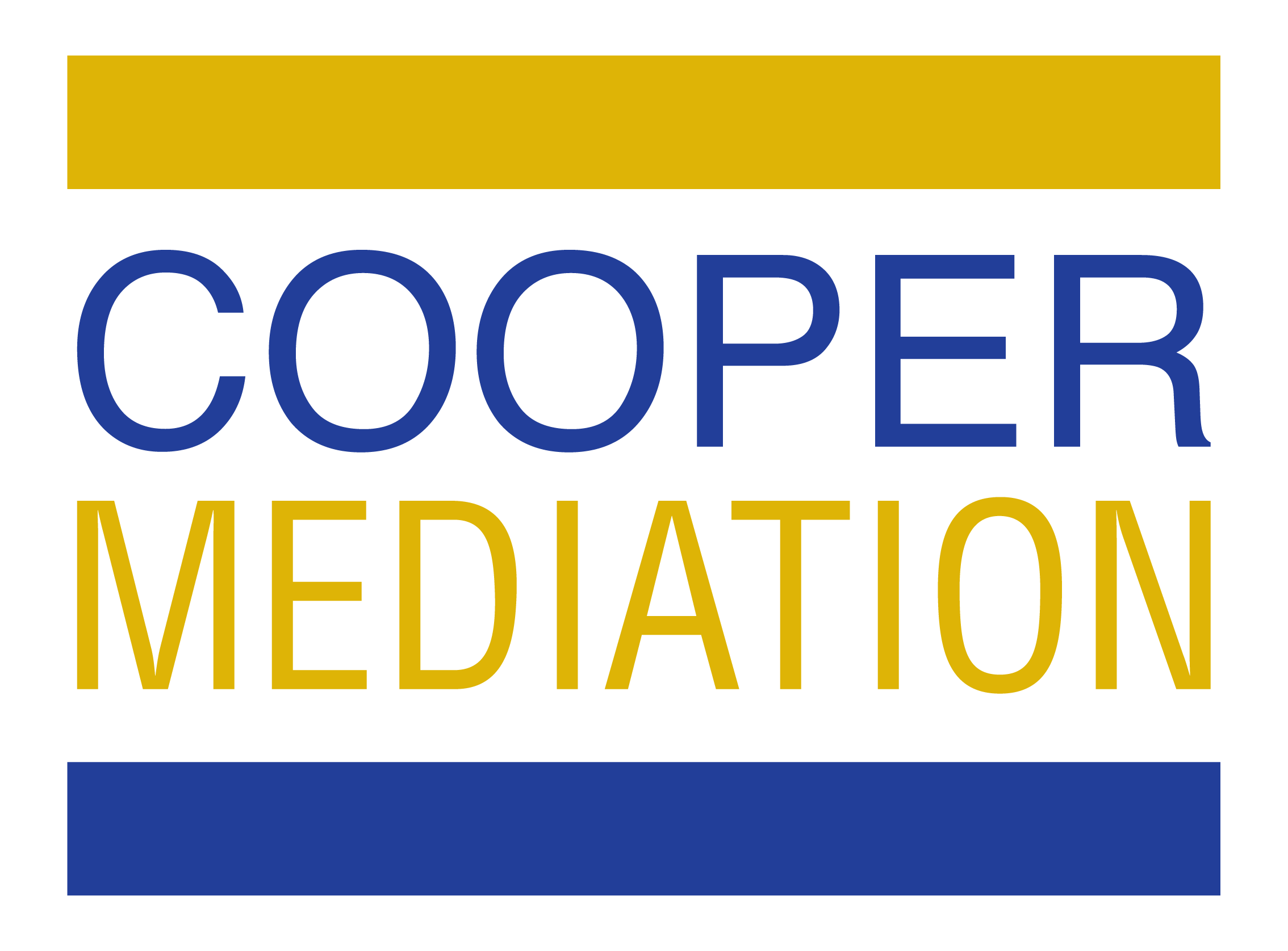
26 Jul Combating Subconscious Gender Bias At Mediation
Our minds can play some pretty neat tricks on us. For example, are you able to raed tihs setnence? If you are, your mind likely used the context of the first and last letters in words to automatically and subconsciously jump to conclusions about what you “should” see or read.
This bit of evolutionary subconscious mental gymnastics can be very helpful in some instances. If we turn the corner and catch a glimpse of a ferocious animal growling and showing its teeth, our subconscious mind has already alerted our body to activate its fight or flight response even before we even have time to consciously assess the situation.
But in other instances, it can do us more harm than good. When we encounter a person or situation and our subconscious mind jumps to conclusions based on a biased impression we’ve been exposed to, it can predispose us to make assumptions and choices that have no basis in fact. At a mediation, as in life, making decisions based on misinformation can hurt us, our best interests, and other people around us.
In this blog post, part of Cooper Mediation’s blog series on existing biases, I explore how subconscious gender biases can affect mediation. I offer tips on how to identify a subconscious bias in yourself or towards someone else, and how to address it.
First impressions
Subconscious gender bias has been defined as “unintentional and automatic mental associations based on gender, stemming from traditions, norms, values, culture and/or experience.” These automatic assumptions are more commonly known as stereotypes.
Believe it or not, stereotypes do serve a purpose. By making instantaneous inferences, our minds can streamline and simplify the processing of our social world. While these by-products of our neurological wiring might prevent us from being overwhelmed by information as we go about our day-to-day lives, they can perpetuate incorrect and detrimental ideas about others.
Stereotypes, whether positive or negative, predispose us to certain ways of thinking about a person’s capabilities, intelligence, outlook on life, and personality. When a person conforms to our stereotypical ideas, it feeds into confirmation bias and may encourage us to ignore information about them that is inconsistent with the stereotype.
Research suggests you do get a second chance to make a first impression. If a person’s actions challenge our pre-existing ideas, there could be a period where our thinking about them becomes unsettled as we take stock of incongruent information. Moreover, as negotiators interact with one another, perceptions based on pre-existing stereotypes become less relevant to their assessment of a person.
Gendered Attributes
Although the focus of this blog post is on gender bias, it’s important to note that gender assumptions do not operate in a vacuum. Scholars have long noted how other categories of identity such as race and class are used to help constitute ideas about gender. As you evaluate your own subconscious assumptions about gender, consider how deeply ingrained stereotypes of a person’s other identity markers may influence your reaction to them.
Research focussing on performance reviews in various workplaces suggests the words we use to describe people tend to divide along gendered lines. In one study of military personnel performance reviews, positive attributes frequently applied to men included the terms “analytical” and “competent,” while women were praised for being “compassionate” and “enthusiastic.” Common negative attributes included “arrogant” and “irresponsible,” and “inept” and “selfish,” respectively. Interestingly, while the number of positive attributes for both genders was about equal, there were significantly more negative attributes assigned to women.
Categorizing attributes along gendered lines can also mean that when a person acts in a way not associated with their gender, what could/should have been a positive becomes a negative. For example, while a man may be lauded for being “analytical,” a woman acting in a similar manner could be deemed “calculating.” A woman may be praised for her “compassion,” while a man may be scolded for being “emotional.”
Identifying And Combating Subconscious Gender Bias
As I noted, we all have subconscious biases and as we interact and become familiar with people, those biases tend to become less relevant. What does this mean for mediation?
Although it’s possible that mediators, lawyers, and insurance claims professionals may already know each from previous interactions, odds are good that one or more people at the table will be meeting others for the first time.
By acknowledging and evaluating your ingrained gender biases in advance of this meeting and practicing self-awareness, you can use your conscious mind to unpack assumptions that may not serve you well. You can also use this awareness to determine if another person’s biases may be influencing how they are treating you or receiving your message. Look for cues based on their facial expression, body language, or choice of words to gauge whether gendered assumptions are at play.
Deciding whether to explicitly address this bias or subtly challenge it will depend on how significantly it is affecting negotiations and your own strategy; however, quietly bringing it to the attention of the mediator could allow them to emphasize the benefit of discussing positions as opposed to getting distracted by personal traits – real or imagined.
Small Steps
A journey of a thousand miles begins with a single step. Although unpacking your subconscious assumptions about gender at a mediation won’t change the world, it will help change the way you look at the world.
By identifying and owning up to our subconscious biases, we can take conscious steps to combat the assumptions we carry with us that go against our own interests and negatively affect others.
Mediation is often about coming together to achieve a common purpose or desire. When you take action to remove obstacles to this goal that could be holding you back, you not only help yourself, but you also help everyone else at the table who is looking forward to creating a mutually agreeable solution to a problem.
ABOUT THE AUTHOR
 Logan Cooper joined the Cooper Mediation team in November 2017 and devotes 100% of her professional time to mediating at roster-rates. She has mediated over 150 cases in the areas of personal injury, property damage, long-term disability and other insurance-related disputes. She has handled global mediations, cases with multiple parties, self-represented litigants and cases with complicated technical and interpersonal challenges.
Logan Cooper joined the Cooper Mediation team in November 2017 and devotes 100% of her professional time to mediating at roster-rates. She has mediated over 150 cases in the areas of personal injury, property damage, long-term disability and other insurance-related disputes. She has handled global mediations, cases with multiple parties, self-represented litigants and cases with complicated technical and interpersonal challenges.
Logan can be reached at logan@coopermediation.ca or (416) 726-1344.
To schedule a mediation with Logan, visit: https://coopermediation.ca/logan-cooper-online-calendar/.
